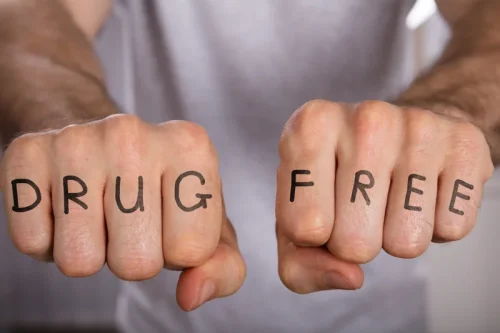
Cognitive dissonance is a little different than its evil twin, hypocrisy. But because we want the benefits of presenting ourselves a certain way, we don’t mind the inconsistency in our behavior. At the end of the day, it’s good to challenge what cognitive dissonance and addiction you believe. When you discover new information and you’re faced with the uncomfortable decision to … well, make decisions, embrace a positive outlook. Resolving or reducing cognitive dissonance is not always an easy task — but it’s worth it.
Challenge your beliefs

However, if you were paid only a couple of dollars, you might have more trouble justifying your lie, and feel less comfortable about doing so. According to psychologists, our actions are likely to produce a higher amount of dissonance if they involve the way that we see ourselves and we subsequently have trouble justifying why our actions didn’t match our beliefs. Heider’s Balance Theory, on the other hand, emphasizes the desire for balanced relations among triads of entities (like people and attitudes), with imbalances prompting changes in attitudes to restore balance.
Harmonizing with reinforced beliefs

Instead of feeling defensive, dig into the information that your response gives you. Understanding what caused the dissonance can help you figure out the best way to address it. Social psychologists have uncovered dozens of cognitive biases, such as self-serving bias, unconscious bias or implicit bias, confirmation bias, https://ecosoberhouse.com/ fundamental attribution error, and the sunk-cost fallacy. “If you’re not able to be genuine about your needs, then that’s going to create more stress and distance in your relationships,” warns Dr. Prewitt. “You’re more likely to feel guilty if you’re doing something that goes against your values,” notes Dr. Prewitt.
Fighting Cognitive Dissonance & The Lies We Tell Ourselves
Since they can’t escape the action, they attempt to re-establish their reasons for doing it in a way that makes the action acceptable. We consider ourselves to be truthful, hard-working, health-conscious, and in control. But our actions don’t always line up with what we think of ourselves.
- Read on to learn more about cognitive dissonance, including examples, signs a person might be experiencing it, causes, and how to resolve it.
- Sometimes, the ways that people resolve cognitive dissonance contribute to unhealthy behaviors or poor decisions.
- The two thoughts – ‘sunbathing can cause cancer’ and ‘I am sunbathing’ – will cause the discomfort of cognitive dissonance.
- That is, now the negatives (including guilt and shame) dominate the decision, and the lapsed smoker wonders how such a mistake was made.
Challenging Your Beliefs
Even if you’re not fully satisfied with how the toothpaste works, you might justify the purchase by telling yourself it was on sale when you bought it. Initially, I attempted to rationalize and give my rescuers some time to respond. However, my perspective shifted when presidents of Ivy League colleges said that hate speech—in this case, advocating for the genocide of Jews—depended on the context in which it was expressed.
This process of effort justification validates the benefits of the choices we’ve made. In order to explain this phenomenon, psychologist Leon Festinger presented the idea of cognitive dissonance. He explained that in order to maintain our sense of identity, we’re motivated to reduce inconsistencies in our self-image. In 1956, psychologist Jack Brehm observed that when people are given a choice between two similar items, they tend to believe that the item they chose is objectively better.

The expectation of shared beliefs, values, and attitudes from family members can additionally influence romantic relationships. If these don’t align, we might consider justifying our relationship or breaking up. An extreme example of the negative consequences of cognitive dissonance is when we justify our partner’s harmful behavior toward us and get stuck in a toxic relationship. Therefore, the brain is an inference machine that attempts to actively predict and explain its sensations.
Download 3 Free Positive Psychology Tools Pack (PDF)
- People cannot always behave in a way that matches their beliefs.
- Leon Festinger first presented the cognitive dissonance theory in 1957 to illustrate the relationship between perceptions, motivations, and cognitions.
- When the COVID-19 vaccine was eventually released to the public, this only made the resistance stronger.
- Experiencing cognitive dissonance can lead people to try to reduce their feelings of discomfort —sometimes in surprising or unexpected ways.
- Cognitive dissonance isn’t just a vague psychological theory — in fact, contradictory beliefs appear in our lives more often than we might want to admit.
- Because the task wasn’t validated by a sufficient monetary reward, they made up an internal motivation that justified the lie.